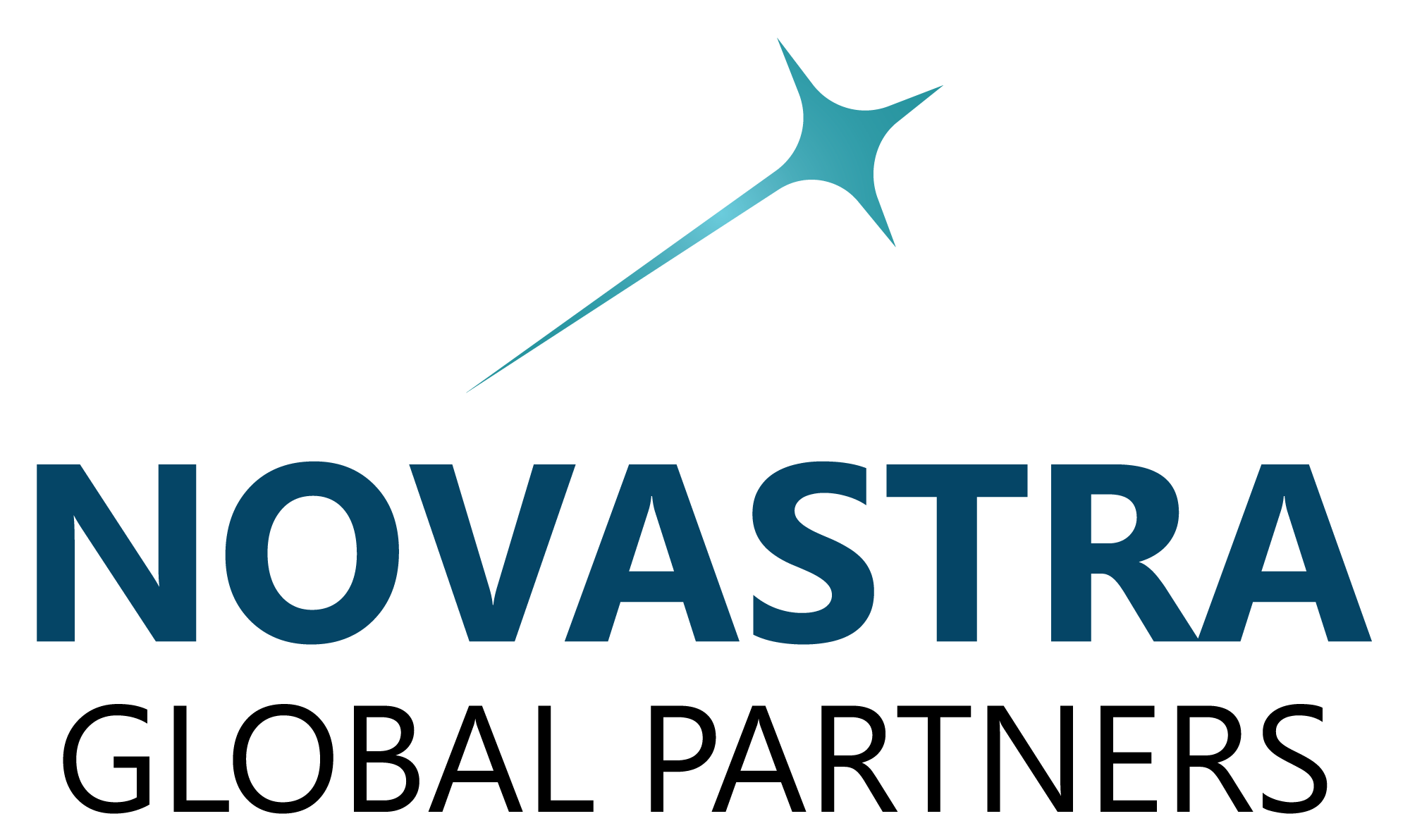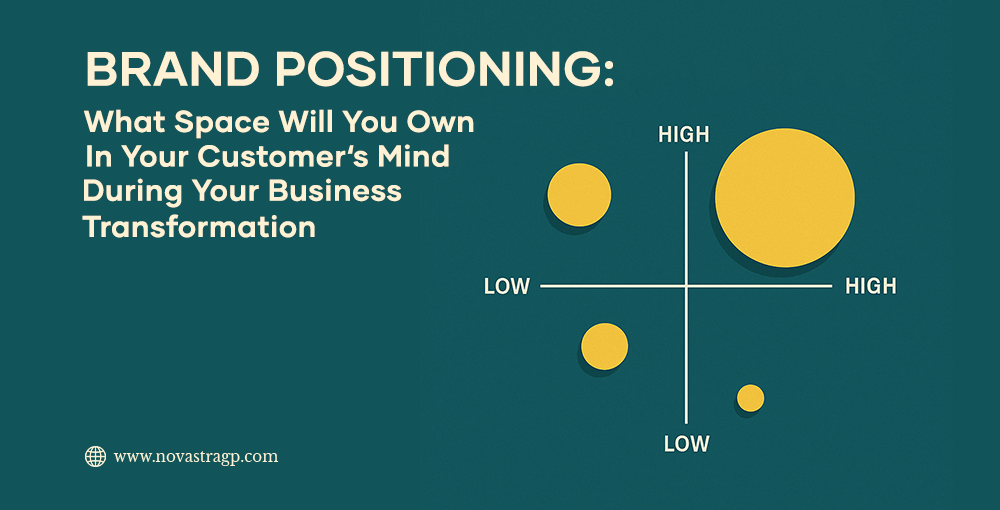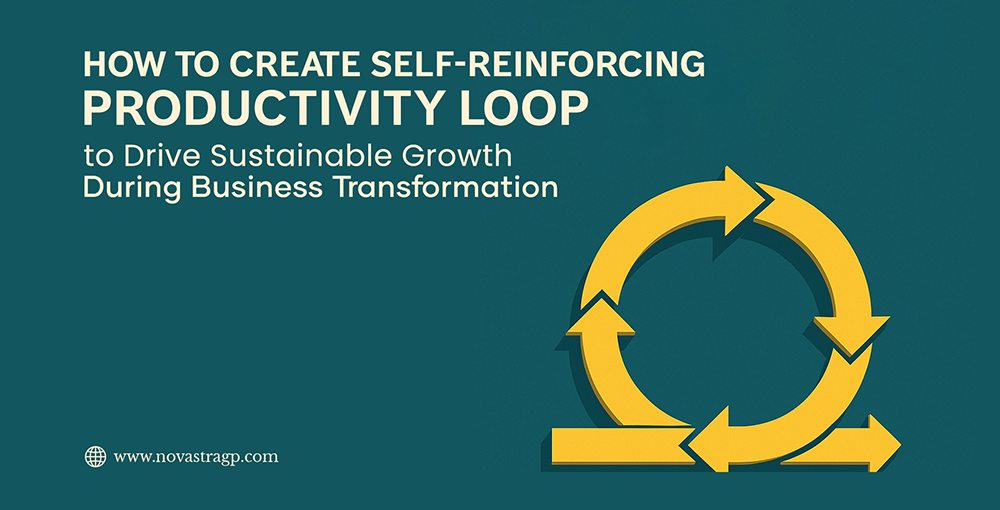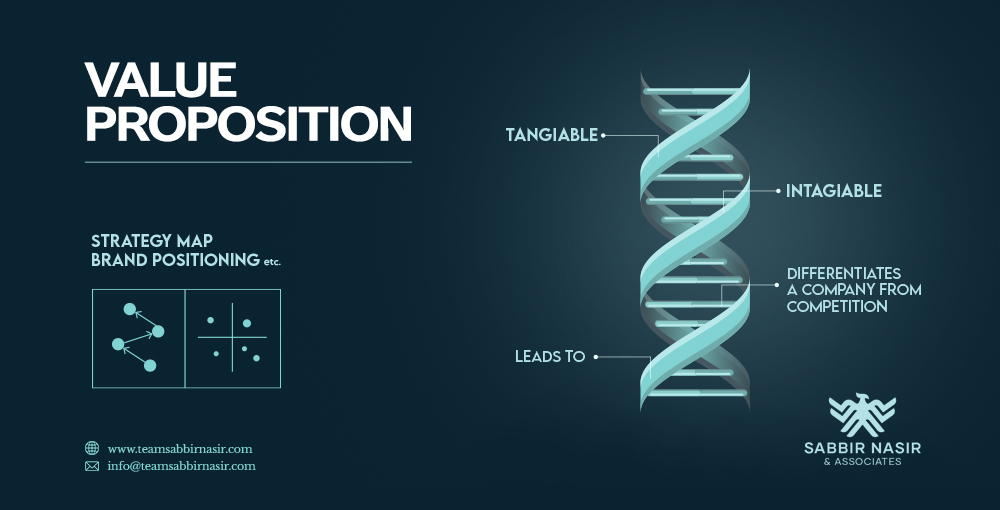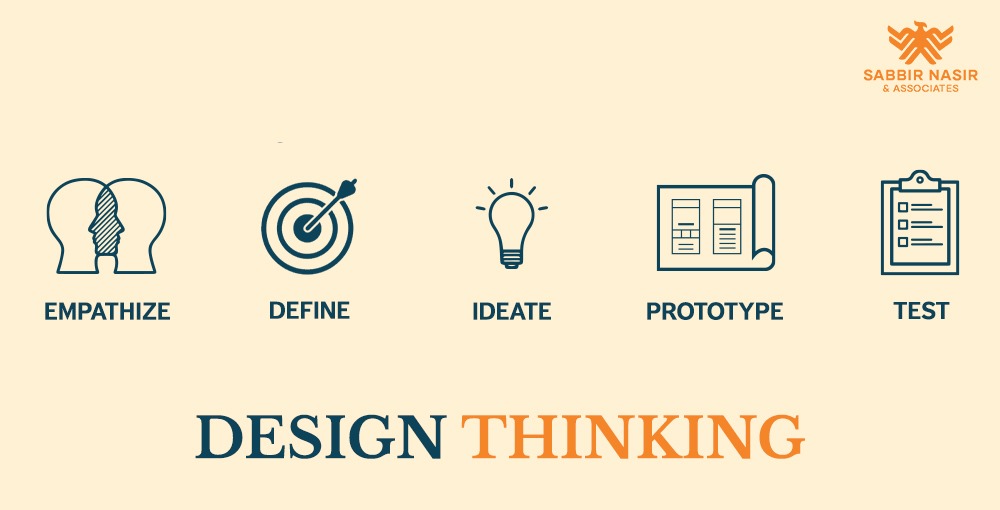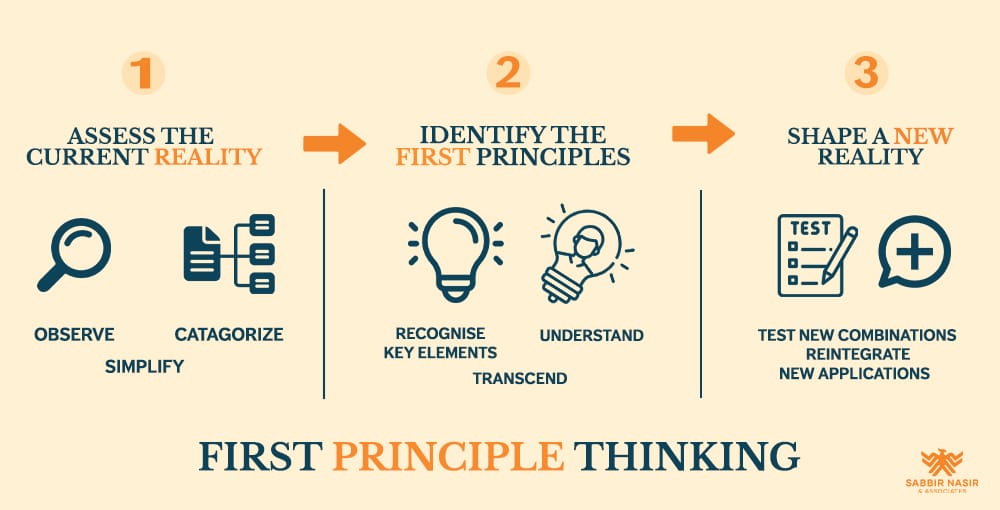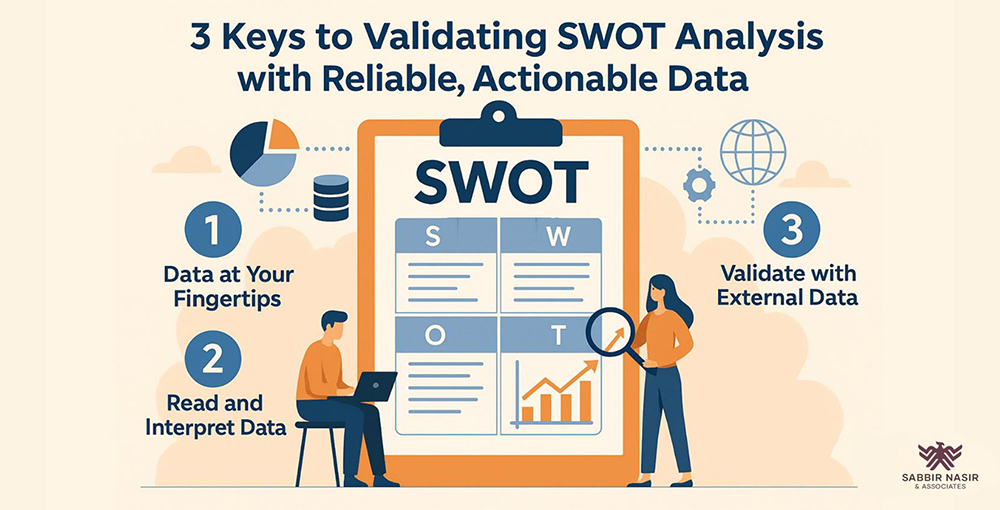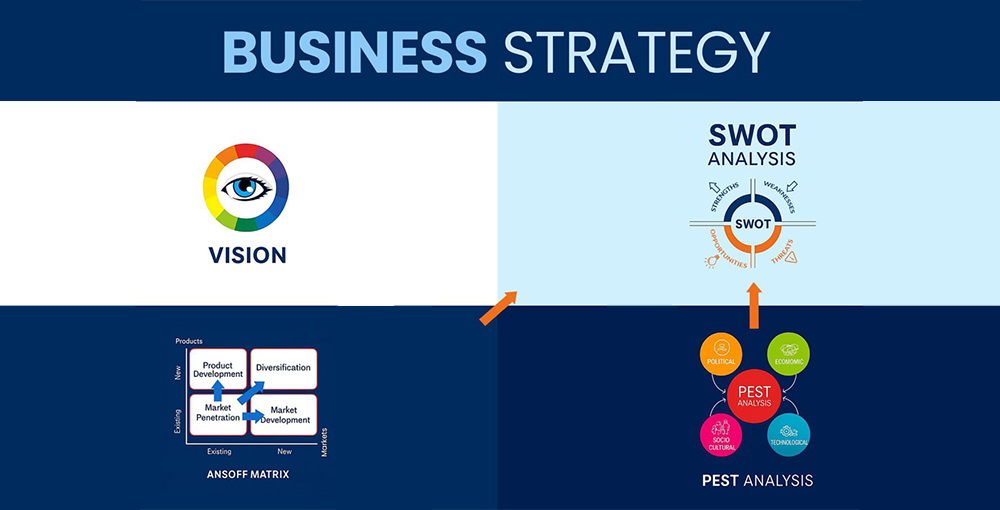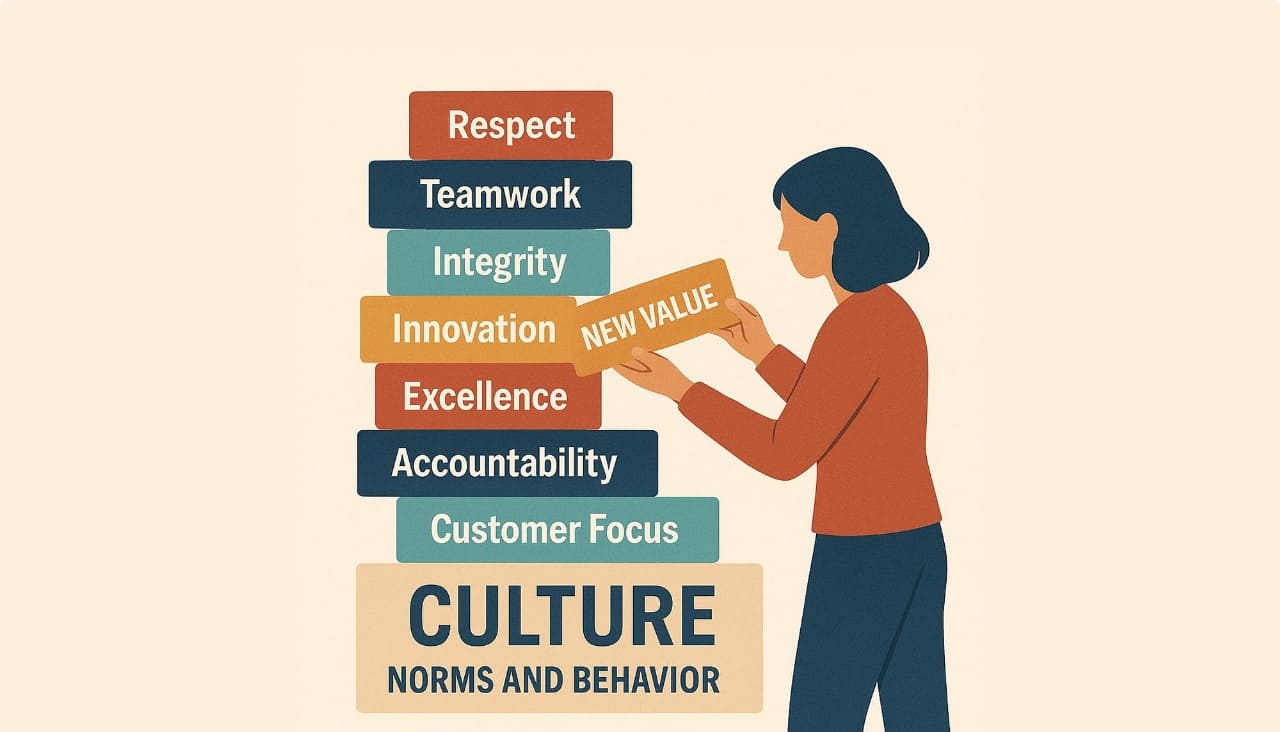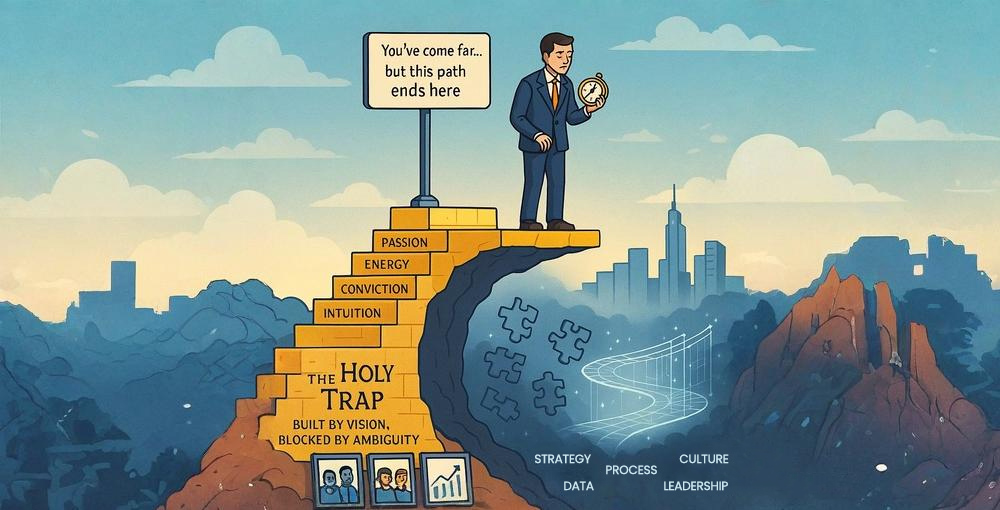The Value of External Market Data Analysis to SWOT Validation and Business Transformation
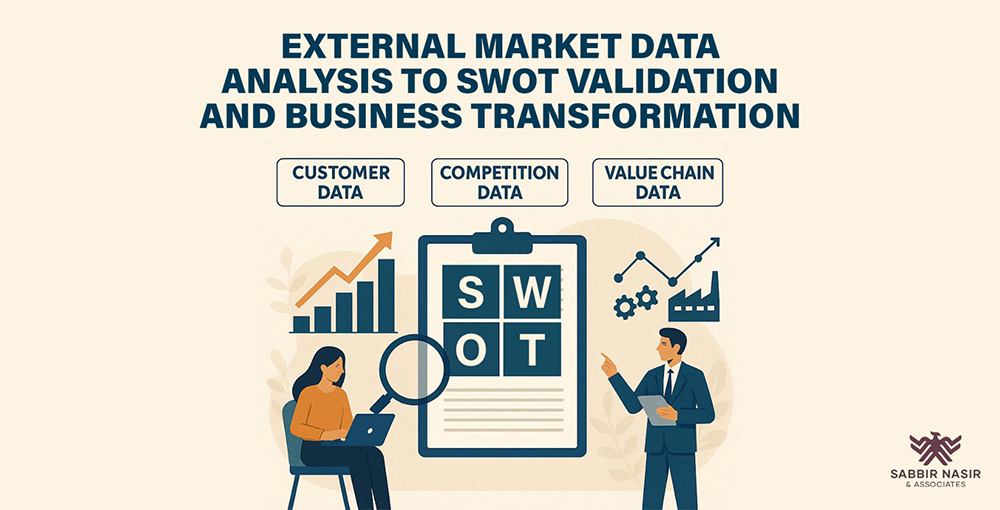
Summary: External market data – customer data, competition data, and value chain data – is often overlooked by founder-led companies that have stagnated after early success. In this article, we discuss how to obtain this critical data and the value it provides to validating SWOT assumptions and supporting the larger business transformation process.
In a previous article, I discussed why validating strengths, weaknesses, opportunities, and threats (SWOT) with reliable data is critical to business transformation. This will ensure your SWOT is grounded in facts, not just assumptions and intuition, and can support your growth strategy.
As business theorist W. Edwards Deming once said, “Without data, you’re just another person with an opinion.”
Founder-led companies that are stuck in the Holy Trap and seeking to grow to $100 million and beyond need internal data at their fingertips through a robust ERP system. They also should have a team that is trained to properly read and interpret this data to generate actionable insights.
Once you have a handle on internal data, you need to shift to market data analysis, including customer data, competition data, and value chain data. Seamless integration and accessibility will allow for streamlined analysis and more informed decision making.
However, for most companies, I’ve found that some or all market data is missing, inadequate, or unreadable. Unfortunately, you can’t just install new software and start collecting external data.
Let’s take a look at the three types of market data, how to obtain this data, and its value to your organization.
Customer Data
Professional Research
You can partner with a market research firm that is equally adept at qualitative and quantitative research. They can manage exploratory studies, focus group discussions, and in-depth interviews, and apply the knowledge gained to develop questions for surveys. We can support this process with our own proven research methods.
Firsthand Human-to-Human Interaction
The customer dataset is comprised of more than numbers. Emotions are an important part of SWOT narratives, your vision, and your growth strategy.
Beyond traditional research performed by a firm, you and your team should get to know your customers. Visit stores. Speak with customers. Ask questions and listen to their answers. Learn about their homes and families. Understand their pains, frustrations, joys, and dreams. Find out how they feel about your product.
Segmentation
Insights gathered from research will be used to identify customer segments, how big they are, how fast they’re growing, and whether each segment is profitable. Segmentation is very important because not all customers are the same.
For example, in the retail grocery sector, different customer segments:
Shop monthly.
Fill up during weekdays.
Shop for the experience and are driven by indulgence (usually younger customers).
Shop impulsively and move through the store and grab things, which triggers spontaneous feelings.
Customers can be segmented by age, gender, ethnicity, income, socio-cultural affinity, needs, emotions, behavior, geography, lifestyle, etc. Deeper research may involve need-state mapping, path-to-purchase research, and shopper mission research.
The General Electric Matrix
Once segments have been identified, the next step is to identify the key success factors for serving those segments. In other words, what must you do to serve those customers better and satisfy their unique needs?
The General Electric Matrix (pictured below) is a valuable tool for this exercise.
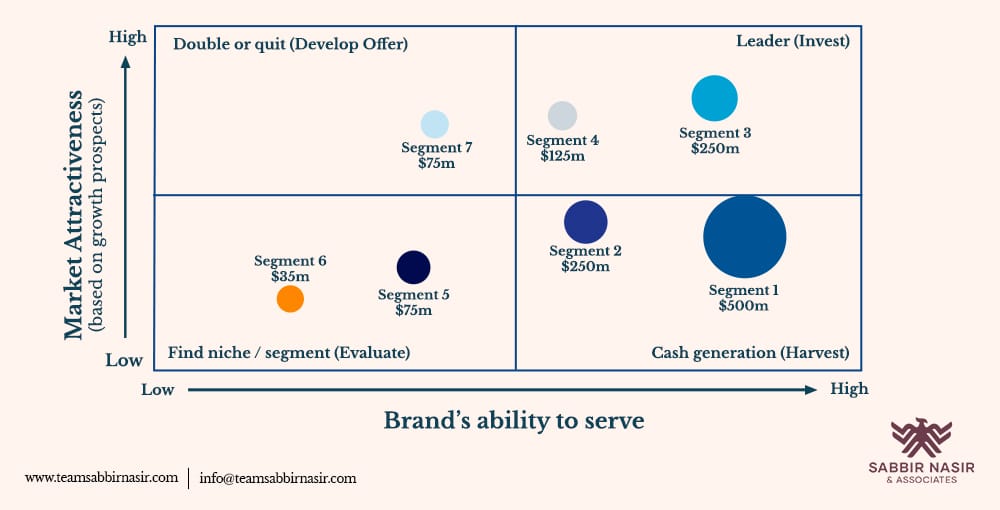
Developed by McKinsey to prioritize investments across various business units, the General Electric Matrix shows segment attractiveness on the y-axis and your company’s competency to serve them on the x-axis.
Measuring each segment’s financial attractiveness based on size, growth rate, profitability, etc. makes it possible to compare their attractiveness against your competency to serve them. You should also account for your competition’s ability to serve specific segments.
Each key segment can then be prioritized and targeted with its own value proposition.
Competition Data
Competition data is not easy to obtain. Research firms typically have syndicated market data, and publicly available annual reports allow you to analyze a company’s strengths to a certain degree. But competitor-specific data is not always available.
Just like we recommend speaking with your own customers, you can talk to people who buy the competition’s products. Find out how they feel. What needs are being satisfied? What needs are not met? What are they happy and unhappy about?
You can also visit competition’s stores and distribution channels and gather data from distributors. Look at how products are sold and study trade terms, discounts, promotions, the value chain, etc.
Value Chain Data
End-to-end value chain analysis is very important, but most companies skip this step. Without value chain data, important questions go unanswered. For example:
At what stage in the value chain do you have the greatest competitive advantage or disadvantage?
How can you gain more control over the end product?
Is it feasible to create a private label brand?
What are the margins at each stage of the value chain?
Can you eliminate parts of the value chain or source directly to add margin?
Would in-house manufacturing and a vertically integrated value chain provide adequate margin and allow you to properly serve your customers?
How We Helped a Top Furniture Manufacturer and Retailer Optimize Its Value Chain
As CEO of Otobi, I led the business transformation of this medium-sized enterprise into the largest furniture manufacturer and retailer in Bangladesh. Given the complexity and options in the value chain, deep analysis was crucial to success.
For example, I asked leadership what they needed to make a chair. They needed framing, tubes, nuts, and bolts for structure. They needed upholstery, foams, and rivets for comfort and style. The chair back would have to be attached to the seat and legs.
Then I proceeded with a deeper line of questioning that they didn’t expect.
I asked where the tubes came from and how they were made. I learned that tube makers would cut raw iron or steel sheets and use a forming machine to bend them. They would sometimes buy pipes that could be cut and joined.
Then I asked more questions. How thick are the sheets that are formed into tubes? Do you make them here or do they come from steel factories? How much does it cost? How much would it cost to import raw steel from a steel mill?
The founder, assuming they had this process under control, wondered why I would need to know such information. It seemed like overkill.
However, this was just one part of a thorough, end-to-end value chain analysis, which allowed us to evaluate profit margin, speed, control, design, and other factors and make informed decisions about where to invest based on real-world data.
Bringing Internal and External Market Data Together
Once this analysis is complete, you can apply external data and insights to validate your SWOT analysis.
The Discover phase of the Sabbir Nasir Transformation Framework (SNTF) involves gathering all internal and external data, identifying key issues, creating a holistic fact sheet, and applying first-principle thinking and design thinking. This allows us to move to the Strategize phase and develop a data-driven value proposition.
Yes, these steps may seem tedious. Yes, they involve significant research and analysis. But they have proven to be an essential process for business transformation that leads to sustainable growth. And that’s why we apply our knowledge and experience to walk with you during this exciting journey.
